
- Inspiring People -
- 12mins -
- 195 views
Top 10 epic wins for animals in 2021 you may have missed
Headlines during the past year have mostly focused on a challenge all humankind has been facing together. Meanwhile, positive news from the animal kingdom has slipped by largely unnoticed… until today!
Top 10 epic wins for animals in 2021 you’ve may have missed
Headlines during the past year have quite rightly been focused on a significant challenge that all humankind the planet over has been facing together. Meanwhile, positive news from the animal kingdom with whom we share the planet has slipped by largely unnoticed… until today! Here are 10 positive news stories from 2021 (in no particular order of significance), that we covered here at BrightVibes, or we collated from elsewhere around the internet. Look for the positive and share it with others.
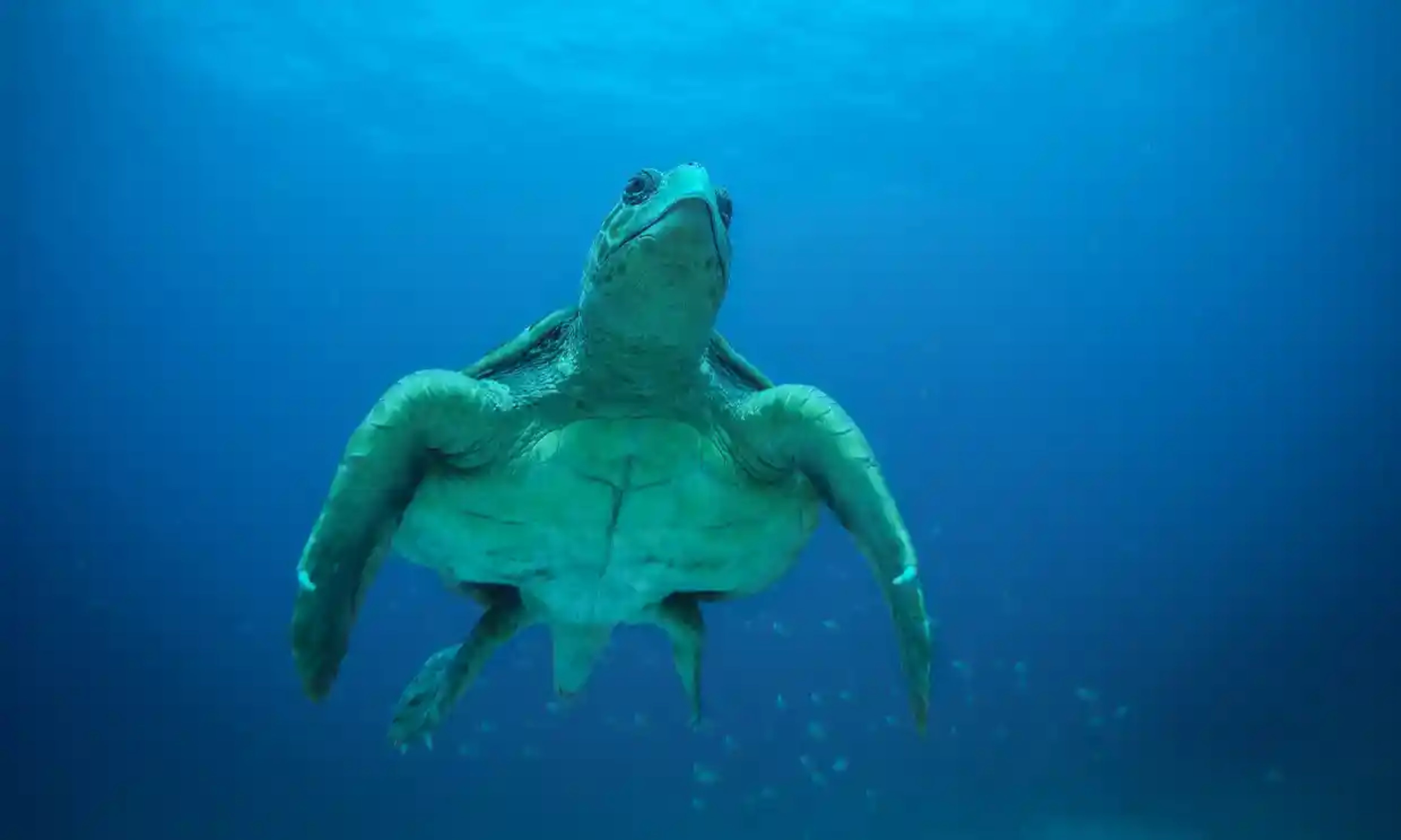
Pictured, a male loggerhead sea turtle glides through the pristine waters off the coast of Sal, Cape Verde. Source: Annika Hammerschlag/The Guardian
10. Cape Verde: boom time for sea turtles
Sea turtle nests on the islands of Sal, Maio and Boa Vista – the primary nesting grounds for loggerheads in Cape Verde – have soared in the last five years, reported The Guardian in October. Cape Verde’s environment ministry puts nest numbers in 2020 across all 10 islands at almost 200,000, up from 10,725 in 2015.
The West African island nation was considered the world’s third-largest nesting site for loggerheads (in terms of numbers of nesting females), after Florida and Oman. But nest numbers have risen so dramatically in recent years that some scientists believe Cape Verde to be the second largest, or even largest.
While Covid-19 travel restrictions have provided a break from human disturbances, experts believe conservation measures are the biggest factor behind the increase in nesting numbers.
Despite recent progress, myriad threats remain for sea turtles and some populations are facing steep declines. Many leatherback subpopulations are classified as critically endangered by the IUCN, for example, and hawksbill turtles are also nearing extinction. Experts say people must change their behaviour around seafood consumption, carbon output and plastic use in order to save the turtles
Source: The Guardian
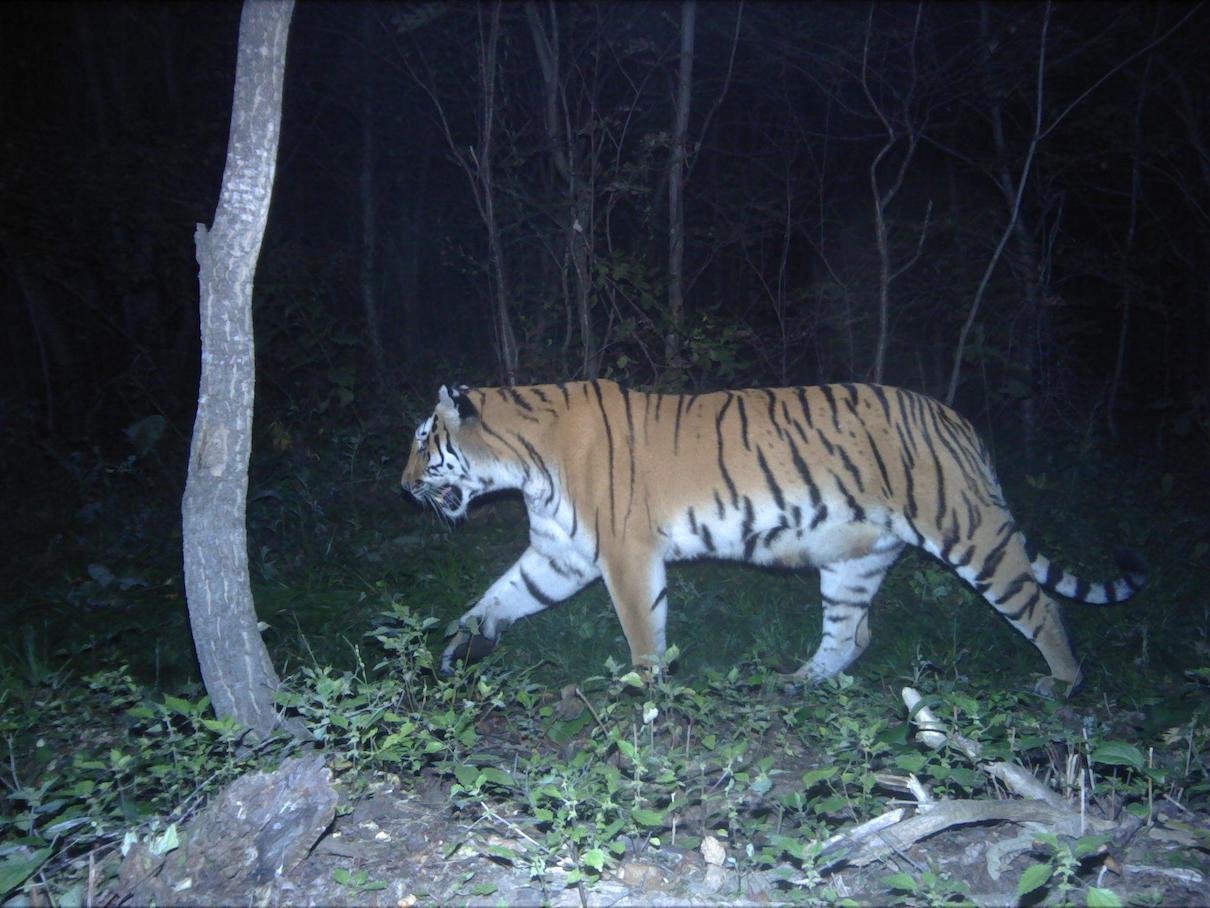
9. China: Wild Amur tigers rebound, thanks to government policies
According to a recent study in Biological Conservation, camera trap footage taken between 2013 and 2018 identified 55 Amur tigers in four forested landscapes in northeastern China: Laoyeling, Zhang-Guangcailing, Wandashan, and the Lesser Khinghan Mountains. The scientists also genetically analysed tiger scat, urine and hair to identify 30 tigers in the region. However, only Laoyeling is believed to support a breeding population, the paper suggests.
The reason for the tigers’ sudden appearance in northeast China is due, in a large part, to a Chinese national policy called the Natural Forest Protection Project (NFPP).
Another big change happened in 2001, when the government established at least three nature reserves, including the Hunchun National Nature Reserve, to provide critical habitat for Amur tigers and Amur leopards (Panthera pardus orientalis). And in 2016, China established the Northeast Tiger Leopard National Park (NTLNP), which spans nearly 15,000 square kilometres (5,800 square miles) in northeast China, encompassing the Hunchun National Nature Reserve and representing the largest tiger refuge in the world.
Amur tigers may have a foothold in northeastern China now, but they will face the same threats they would face anywhere in the world. This includes poaching, prey loss, habitat loss and fragmentation, and human-wildlife conflict.
Amur tigers will also face a number of threats linked to climate change, although northeastern Asia should continue to provide suitable habitat for the subspecies.
There is still a long way to go to build a viable future for tigers in northeast China, but the situation looks good. National leaders of both Russia and China have demonstrated a sincere interest in Amur tiger conservation, providing a strong foundation for their recovery.
Source: Mongabay
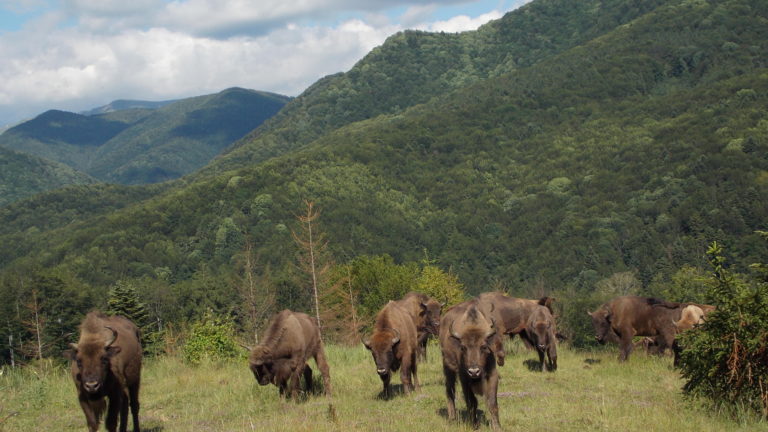
8. Romania: European Bison roam free in greater numbers
European bison, Europe’s largest land mammal, are no longer considered a vulnerable species due to the conservation work that takes place in Europe, Romania being among the few countries with bison roaming wild.
The result of the long-term conservation of the European bison species (Bison bonasus) is the increase in population from some 1,800 individuals in 2003 to over 6,200 in 2019, justifying the transition from vulnerable to almost threatened in the Red List of Threatened Species, according to the International Union for the Conservation of Nature (IUCN).
The largest subpopulations are now found in Poland, Belarus and Russia, but only eight of them are large enough to be genetically viable in the long run. The species remains dependent on ongoing conservation measures, such as the relocation of bison to optimal habitats to create viable populations and the promotion of human-bison coexistence.
In Romania there are now more than 100 individuals in three different areas: Vânători Neamț Natural Park, Făgărș Mountains and Țarcu Mountains. The largest population, of over 65 bison, is in the Tarcu Mountains and is a result of an initiative by Rewilding Europe and WWF Romania.
Bison have been transported from reserves and breeding centers in Europe following a complex selection process to ensure genetic diversity. The aim of the project is to create a viable population that breeds in the wild and develops both biodiversity and sustainable entrepreneurship ideas based on ecotourism for local communities to thrive.
The bison is an umbrella species that safeguards the quality of life of other species in the food chain and maintains the natural balance on which we all depend. It has become a local symbol that has allowed locals to rediscover the richness of nature around them, wonderful landscapes that fascinate tourists in search of adventure experiences in the wild or tranquility in the villages. Full Story.

7. South Korea: President Moon suggests ban on eating dog meat
In September, South Korean President Moon Jae-in suggested the government consider imposing a formal ban on dog meat consumption in the country. The President made the remarks while being briefed by the Prime Minister on the government’s plan to improve the system to take care of abandoned pets.
Moon is known to love his pet dogs, living with several of them at the presidential compound.
South Korea has the Animal Protection Law intended mainly to prevent the cruel slaughter of dogs and cats but not dog consumption itself.
It was the first time that Moon raised a ban, which is likely to give fresh momentum to debate over whether to curtail the practice.
To boost their popularity, several presidential hopefuls have pledged to ban dog meat in recent weeks, especially as dogs have become popular as pets and advocacy groups have urged South Korea to close down restaurants and markets selling dog meat.
A poll commissioned by animal welfare group Aware released this month said 78% of respondents believed the production and sale of dog and cat meat should be prohibited and 49% supported a consumption ban. Full story.
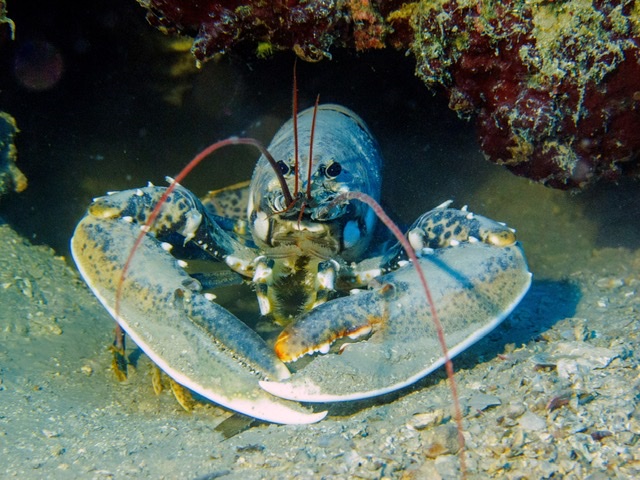
6. The Netherlands: Live crabs and lobsters may no longer be sold on Amsterdam markets from 2022
Fur and live crabs and lobsters will no longer be allowed to be sold at markets in the Dutch capital from 2022. Amsterdam city council has decided to ban the sale on animal rights grounds, a pledge that was part of the current city coalition agreement, DutchNews reported in September.
‘Amsterdam has 34 markets, the most in the country,’ said economic affairs chief Victor Everhardt, a D66 liberal democrat, in a press release. ‘In the interests of animal welfare, there will be a ban on the sale of fur and live crabs and lobsters, and it will be actively enforced.’ The city is not the first in the Netherlands to take more action in the interest of animal rights.
Meanwhile in the United Kingdom, new animal welfare legislation means crabs, octopus and lobsters are to be recognised as sentient beings in UK government policy decision making. Decapod crustaceans and cephalopod molluscs will be recognised under the scope of the Animal Welfare (Sentience) Bill. The amendment to the Bill follows London School of Economics and Political Science (LSE) scientific research findings on decapod and cephalopod sentience.
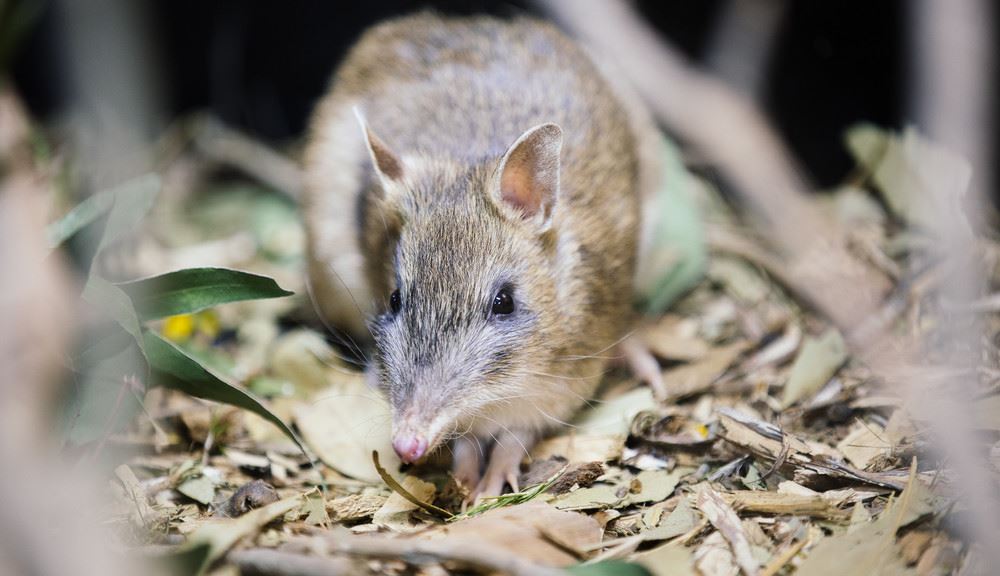
5. Australia: Eastern Barred Bandicoot brought back from brink of extinction
In 1989 the total population of Eastern Barred Bandicoots was fewer than 150 and in 2013, the species was declared as Extinct in the Wild on mainland Australia. Zoos Victoria were recently thrilled to share the news that the conservation status of the Eastern Barred Bandicoot has been reclassified from Extinct in the Wild to Endangered.
The changed status is a first for an Australian threatened species and enables Zoos Victoria to end its 30-year captive breeding and insurance program.
Victoria’s Environment Minister Lily D’Ambrosio announced the reclassification on Wednesday 15 September 2021, saying the state’s eastern barred bandicoot population now has a much brighter future.
The last wild population was confined to an area near Hamilton, with about 150 remaining in 1989.
A recovery team has since established populations at four predator-free fenced sites at Woodlands Historic Park, Hamilton Community Parklands, Mt Rothwell and Tiverton, along with two sites protected by Zoos Victoria’s guardian dogs at Skipton and Dunkeld.
About 1500 eastern barred bandicoots are now spread across the sites, prompting the reclassification. The reclassification will also allow Zoos Victoria to end its 30-year captive breeding program after producing almost 1200 bandicoots. Full Story.
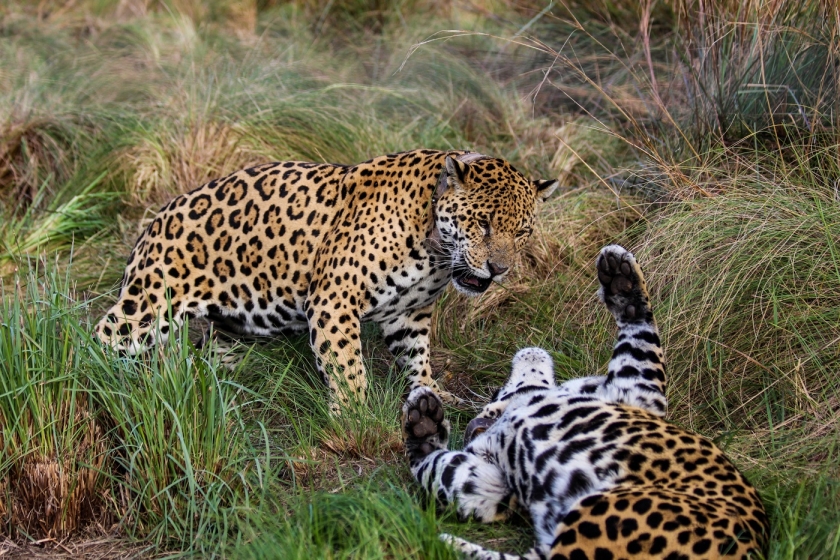
4. Argentina: Jaguars return to wetlands after 70 years thanks to rewilding efforts
A February 2021 press release from the United Nations Environment Program (UNEP) announced that the largest predator in South America, the jaguar, has returned to the Iberá wetlands in Argentina 70 years after the species was driven to local extinction through hunting and habitat loss.
Mariua, an adult jaguar who was rescued as an orphan cub in Brazil, and her two captive-born cubs were released into Gran Iberá Park in January 2021. They are the first of nine jaguars slated to repopulate the species in the, a 687,966 hectare protected area, which offers an abundance of wild prey for the big cats. Currently, only about 200 jaguars remain in Argentina
The release of Mariua and her two cubs marks the first reintroduction of jaguars in a place where they have gone extinct. It is part of an effort known as “rewilding” – restoring the missing species, biodiversity, and natural processes to areas affected by human activity.
“Carefully re-introducing predators such as jaguars can help restore ecosystems. Without these species, biodiversity suffers and the services that nature provides can break down – from disease mitigation and soil protection to water system regulation,” said Doreen Robinson, Chief of Wildlife at the United Nations Environment Programme (UNEP).
Reintroducing top predators such as the jaguar and the giant river otter, and seed bearers like peccaries and macaws is helping the Iberá wetlands recover from hunting and decades of cattle grazing and monoculture plantations. Full Story.
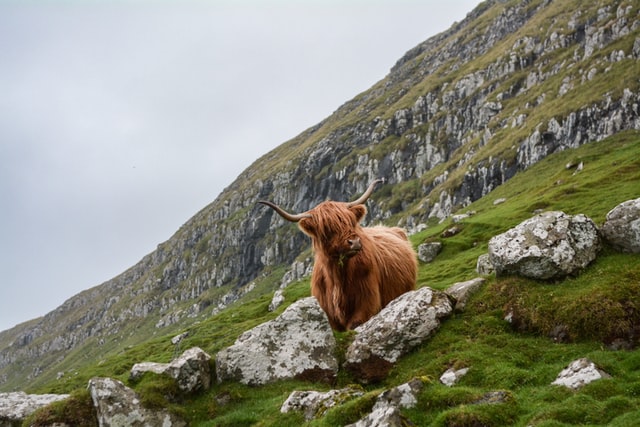
3. Scotland: Scotland returns 30% of its land back to nature to boost biodiversity and aid climate
Scotland’s Government has announced plans to protect 30% of land, in a bid to boost biodiversity and tackle climate change. The natural economy of Scotland is estimated to be worth around $39 billion (€32 bn/£29 bn), and has among its jewels some 30,000 freshwater lochs, including the world famous Loch Ness.
The plans would see 30% of Scottish land given protected status – up from 22.7% – and the government will look into options to extend this even further. Currently, 37% of Scotland’s marine environment receives protection.
Did you know: Scotland’s Loch Ness, home to the eponymous mythical monster, is part of a series of important ecological sites. It holds 7,452 million cubic metres of water: more than all the lakes in England and Wales added together.
The Scottish Government is also due to update its Climate Change Plan, with nature-based solutions, including restoring peatland and woodland creation, expected to be central to proposals.
There are direct links between the health of the natural world and the global economy. Full Story.
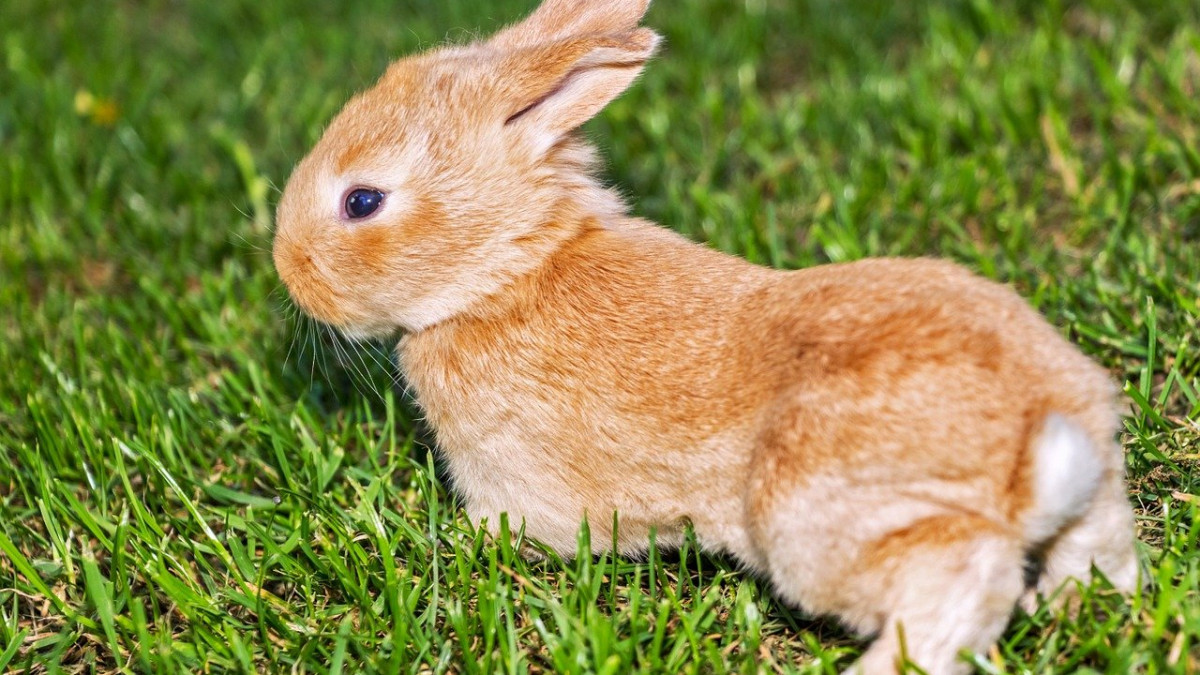
2. Mexico: ban on animal testing for cosmetics
In September, Mexico became the first nation in North America to pass a law banning animal testing for cosmetics. Once enacted, the new law also bans the manufacture, import and marketing of cosmetics tested on animals elsewhere in the world.
Members of Mexico‘s Senado de la República unanimously adopted the federal bill to end cosmetic animal testing thanks to the bill’s champions, Senator Ricardo Monreal, Humane Society International/Mexico, Mexican animal organisation Te Protejo and other key stakeholders.
The new law also bans the manufacture, import and marketing of cosmetics tested on animals elsewhere in the world.
The bill is also embraced by Lush, Unilever, P&G, L’Oréal, Avon and others in the beauty industry, who are working with HSI globally through the Animal-Free Safety Assessment (AFSA) toward policy alignment, and training measures to support smaller companies and government authorities in transitioning from animal testing to state-of-the-art non-animal methods, which are readily available and better at assuring human safety than the animal tests they replace.
With the addition of Mexico, animal testing for cosmetics is officially already banned in 41 countries, as well as 10 states in Brazil and seven in the United States. Three other U.S. states—New Jersey, Rhode Island and New York—are currently considering similar bills, and federal bills are pending reintroduction in both the U.S. and Canada. Full Story.
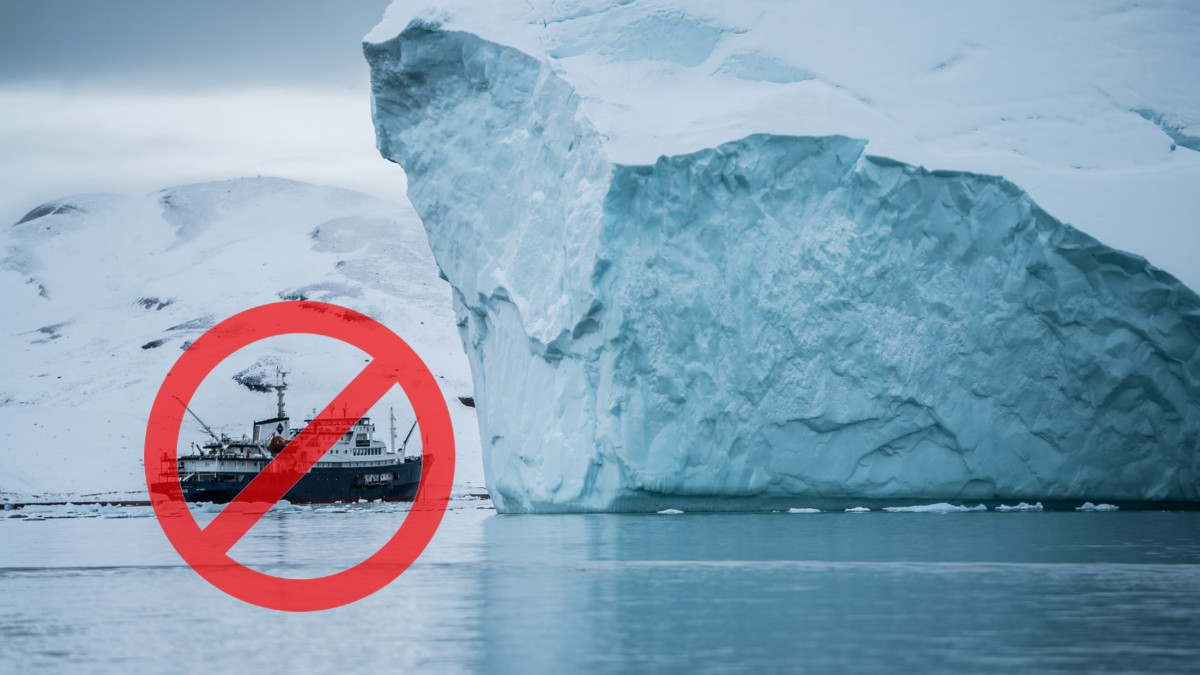
1. Arctic Ocean: Commercial fishing is banned in central Arctic Ocean
With ice in the Arctic melting at an alarming rate, a historic agreement banning commercial fishing in the Central Arctic Ocean came into effect last June, as reported by CBC. The agreement, which was signed in 2018 but only came into force on Friday 25 June, 2021, is the first of its kind to block any kind of fishing activity before it can begin.
Along with the ban on commercial fishing, the agreement also provides a framework to account for Indigenous and local knowledge, and requires engagement with Arctic Indigenous Peoples.
According to a news release published 25 June 2021 by the Directorate General for Maritime Affairs and Fisheries of the European Commission, at present, no commercial fishing takes place in the high seas portion of the Central Arctic Ocean — an area roughly the size of the Mediterranean Sea.
No regional fisheries management organisation or arrangement exists for this whole area either. However, due to the impacts of climate change, it cannot be excluded that commercially interesting fish stocks may occur and lead to fishing activities in the Central Arctic Ocean in the mid- and long-term.
To address this issue proactively, the EU and nine countries in 2018 signed this international agreement after two years of negotiations. The Agreement applies a precautionary and science-based approach to fisheries by banning unregulated fishing activities in the Central Arctic Ocean, while a joint scientific programme is set up to improve Parties’ understanding of the ecosystems and potential fisheries.
Based on the information acquired, Parties may in the future decide to commence negotiations to establish one or more regional fisheries management organisations or arrangements. The Agreement will initially be in force for a period of 16 years, until 2037. This period will be automatically extended for another five years, unless one of the Parties objects.
Inuit have long expressed concerns about increased shipping traffic harming marine ecosystems, contaminating the food supply, and icebreakers negatively impacting animals such as narwhal. Full Story.

